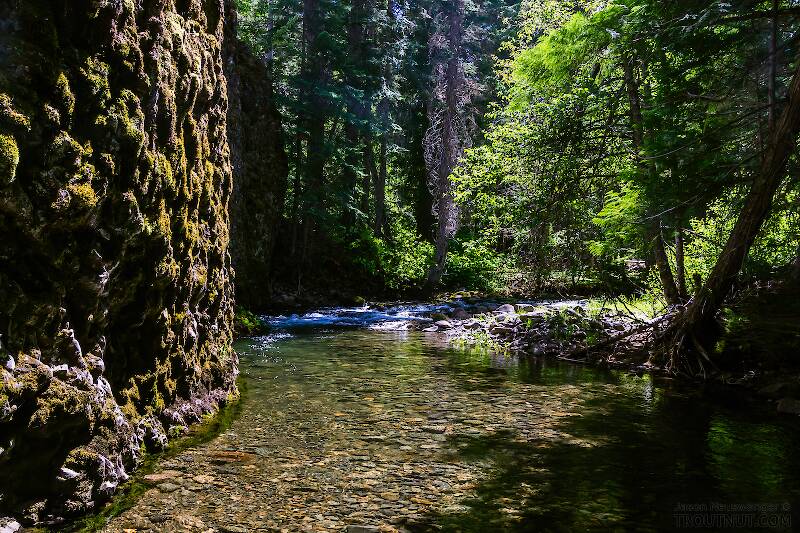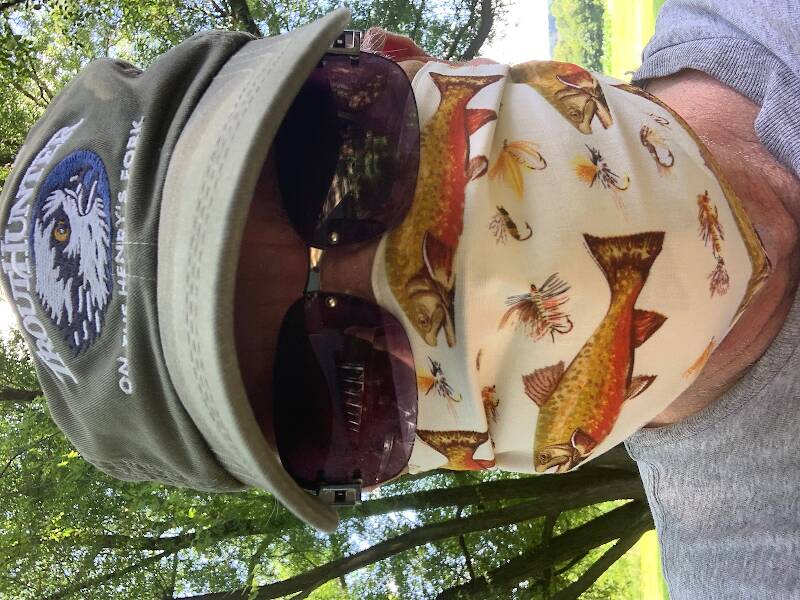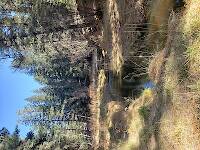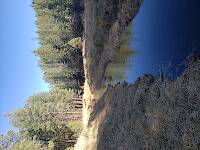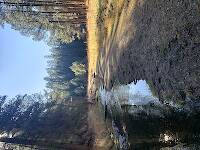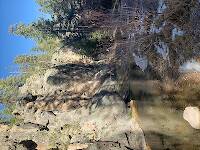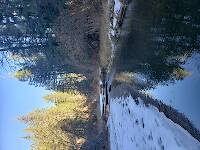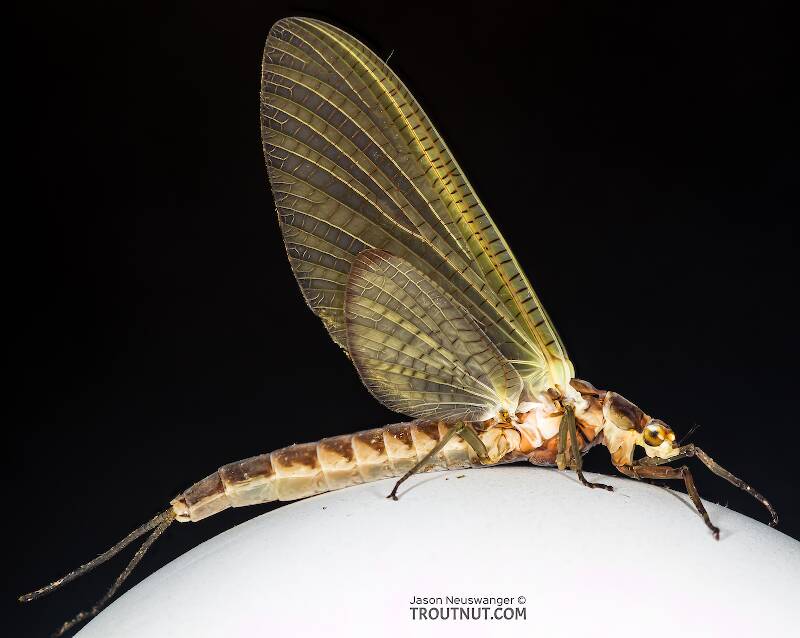
Hex Mayflies
Hexagenia limbata
The famous nocturnal Hex hatch of the Midwest (and a few other lucky locations) stirs to the surface mythically large brown trout that only touch streamers for the rest of the year.
Featured on the forum
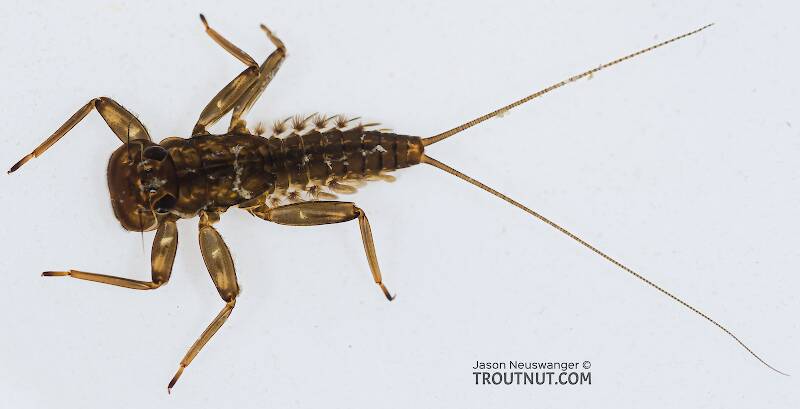
This specimen keys to the Epeorus albertae group of species. Of the five species in that group, the two known in Washington state are Epeorus albertae and Epeorus dulciana. Of the two, albertae has been collected in vastly more locations in Washington than dulciana, suggesting it is far more common. On that basis alone I'm tentatively putting this nymph in albertae, with the large caveat that there's no real information to rule out dulciana.

Troutnut is a project started in 2003 by salmonid ecologist Jason "Troutnut" Neuswanger to help anglers and
fly tyers unabashedly embrace the entomological side of the sport. Learn more about Troutnut or
support the project for an enhanced experience here.
Wiflyfisher on Jul 11, 2008July 11th, 2008, 7:02 am EDT
I thought others might enjoy reading this article...
http://www.lacrossetribune.com/articles/2008/07/11/news/03mayflowers11.txt
http://www.lacrossetribune.com/articles/2008/07/11/news/03mayflowers11.txt
John S.
https://WiFlyFisher.com
https://WiFlyFisher.com
GONZO on Jul 14, 2008July 14th, 2008, 8:46 am EDT
Cool, John. For those who haven't seen Doppler tracking of Hex swarms before, here's a link to the PSU Behrend site that has several neat little movies and an explanation of how the Doppler tracking is done:
http://paaquaticfliesrus.bd.psu.edu/webroot/mayflies.asp
http://paaquaticfliesrus.bd.psu.edu/webroot/mayflies.asp
Wiflyfisher on Jul 14, 2008July 14th, 2008, 1:46 pm EDT
Gonzo, Interesting! I would guess the size of the insects hatching and the density of the hatch has to be pretty amazing to show up. In my experience I have only heard of it on radar for the Hex. hatch, no other mayflies.
The E. luekon/album hatch I have seen on a couple occasions extremely dense as well and covered some bridges, but I have not heard of it on droppler radar.
The E. luekon/album hatch I have seen on a couple occasions extremely dense as well and covered some bridges, but I have not heard of it on droppler radar.
John S.
https://WiFlyFisher.com
https://WiFlyFisher.com
Quick Reply
Related Discussions
Topic
Replies
Last Reply
4
Nov 13, 2020
by Martinlf
by Martinlf
18
Sep 15, 2009
by Pdq5oh
by Pdq5oh
12
Jun 13, 2007
by Litobrancha
by Litobrancha
Re: Mayfly larvae -wigglers preservation as bait
In the Mayfly Species Hexagenia limbata by Teacherprea
In the Mayfly Species Hexagenia limbata by Teacherprea
20
Apr 29, 2014
by TNEAL
by TNEAL

